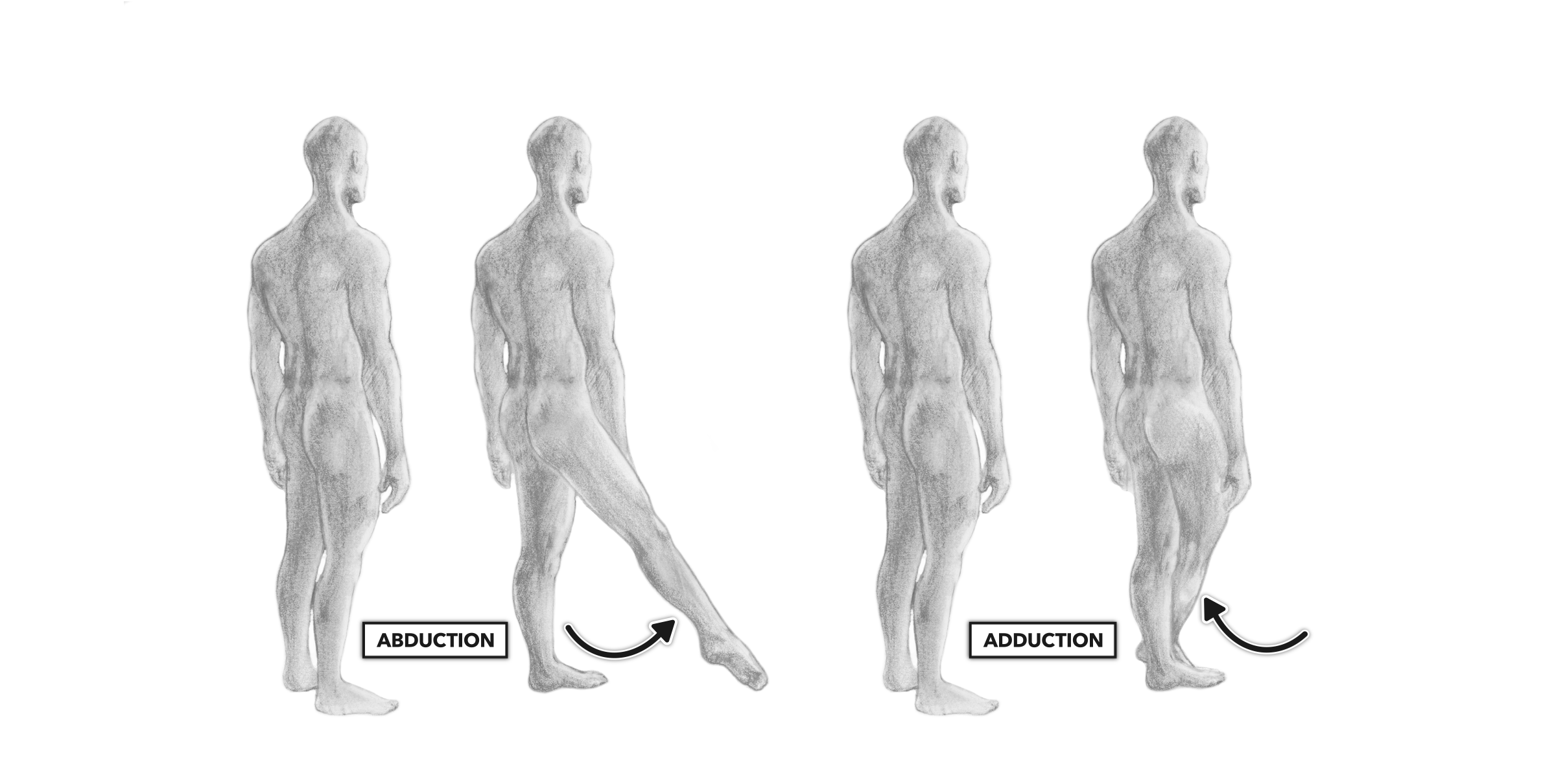
The different parts of the object do not move the same distance.

Anatomists and others use a unified set of terms to describe most of the movements, although other, more specialized terms are necessary for describing unique movements such as those of the hands, feet, and eyes. The terminology used describes this motion according to its direction relative to the anatomical position of the body parts involved. Motion includes movement of organs, joints, limbs, and specific sections of the body. Froment sign = inability to pinch paper between thumb and index finger without bending of the thumb → indicates ulnar nerve palsy affecting adductor pollicis. Patient utilizes flexor pollicis longus.Motion, the process of movement, is described using specific anatomical terms.Adducts the thumb at the 1st CMC joint (i.e., from the abducted position, moves the thumb posteriorly back toward the palm).Right: Wartenberg sign note the abducted positioning of the 5th finger. The net result is the extensor digiti minimi remains unopposed, with the abduction positioning favored. There is also attenuated function of the abductor digiti minimi (also ulnar nerve), but the effect of loss of adduction function of palmar interossei is more significant in pinky position. Wartenberg sign → ulnar nerve palsy resulting in attenuated function of palmar interossei → loss of pinky adduction component → pinky’s normal position is more abducted.Note that the pinky is adducted by the palmar interossei, but it is not abducted by the dorsal interossei the abductor digiti minimi abducts the pinky.Adduct the pinky, ring, middle, and index fingers (i.e., the pinky, ring, and index movement toward from the middle finger.Movement of the middle finger medially is referred to as ulnar abduction movement of the middle finger laterally is referred to as radial abduction. Should be noted that the middle finger has two dorsal interossei attachments and no palmar interossei attachments.PAD DAB– mnemonic for memorizing actions of dorsal vs palmar interosseous functions – Palmar ADduction, Dorsal ABduction.Innervated by deep branch of ulnar nerve.Insert on the proximal phalanges and extensor expansions (specialized connective tissue).

Abduct the ring, middle, and index fingers (i.e., the ring and index movement away from the middle finger + the middle finger movement radially).Innervated by the deep branch of ulnar nerve.Enables grasping of large objects while the fingers are outstretched.Abducts the pinky at the 5th carpometacarpal joint.


 0 kommentar(er)
0 kommentar(er)
